150 EYFS & SEN Sensory Learning Ideas
Free, Simple Sensory Activities For EYFS or SEN
There are many options for embedding effective sensory learning curriculums for children who cannot access worksheets and online teaching resources. Sensory learners need sensory learning ideas. Preferably simple and free ones. This list of 150 (ish) ideas should give you some ideas to try at home, EYFS settings and in classrooms. You may also like our post on Scavenger hunts for children at home.
If you really liked this list of sensory learning activities and SEN activities for Early Years please consider sharing it on Twitter, Pinterest or Facebook.
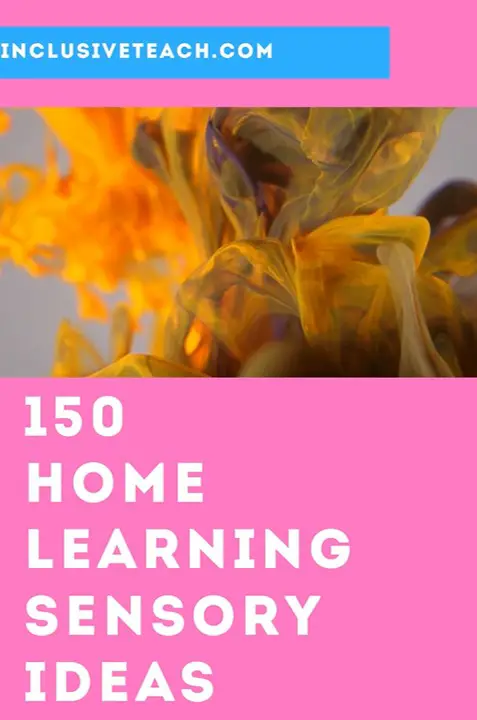
Frequently Asked Questions about Sensory Learning
Before we look at the ideas here are 10 FAQs about educational sensory learning:
- What is sensory learning?
Sensory learning involves using the five senses – sight, sound, smell, touch and taste – to engage students in the learning process. When multiple senses are stimulated during hands-on activities, it can enhance memory, and focus and help children understand concepts. - How does it benefit students?
Sensory learning activities have been shown to boost brain development and skill retention. Multi-sensory input allows students to make real-world connections and learn in their preferred modalities. Research also links sensory activities to improved behaviour, focus and academic achievement. - What types of sensory activities are most effective?
Activities involving movement and tactile experiences tend to be most engaging. Things like outdoor exploration, playdough, sand or water play activate vestibular and proprioceptive senses for better attention. Multi-step sensory bins require problem-solving, numbering and literacy skills. - How can it be used across subjects?
Sensory maths uses objects like paint, rice or play money to learn addition/subtraction. For science, students can touch/observe real plants/animals. Sand trays bring stories and history to life. Music encourages creativity and language development. Cooking integrates reading/following directions and collecting data. - How do I get started with sensory activities?
Begin by only selecting 1-2 activities related to your lesson to keep focus. Introduce materials one at a time. Model expected behaviours. Give concrete directions and don’t expect too much at first. Remember to make activities open-ended for various engagement levels. Start simply and expand options over time. Do not worry about having your activities look instagram-worthy. - Are there safety considerations?
Yes, supervise all activities closely at first. Avoid anything with small parts for choking hazards. Be conscious of allergies/sensitivities. Wash hands after messy play. Sanitise materials and organise areas to be clutter-free. Be inclusive of sensory needs and don’t force participation. - How can I fit it into a busy schedule?
Incorporate movement into transitions whenever possible. Use sensory activities at centres during work time. Replace less engaging tasks with sensory options. Sensory stations outside of lessons can stimulate development too. Just 5-10 minutes regularly makes a difference without disrupting routines. Finger Gym can be a brilliant filler activity and sometimes you need hands-on activities that calm the class. - How do I ensure focus on learning?
Explain how sensory activities connect to subject learning. Have students discuss the purpose and identify targets. Guide participation toward goals using specific questions/feedback. Rather than rewards, praise effort/progress in skill-building. Observe for understanding before/after doing a hands-on task. - How can parents support at home?
Suggest carrying over learning from activities by discussing takeaways from school. Recommend using common household items for sensory experiences related to current topics. Share activity ideas through newsletters and encourage caregivers to participate in school events promoting the approach. - What research supports the approach?
Studies have found that sensory-rich classrooms see increased engagement, self-regulation, literacy/numeracy skills and focus. The neural mechanisms behind multisensory learning are well-documented too (Shams & Seitz, 2008).
Proprioceptive Sensory Learning Activities
Balance walk along masking tape on the floor:
- Straight
- Zig Zigs
Tight hugs administered by a trusted adult.
Sensory Circuit Activities:
- Wall pushes
- Burpees
- Push ups
- Hand Squeezes
- Superhero poses
- Animal Walk – Based on our sensory trail
- Bear stretch
- Owl Swoop
Follow the light/Follow the sound – The child’s whole head/body follows the movement of a torch
Vestibular Sensory Learning Activities
Imitate head positions
Sway in time with chill out music
Back and forth rowing
Spinning (10 seconds in each direction)
Skipping
Jumping Jacks
Arm Spins
Musical statues
Hopscotch
Scooter rides
Cone spinner
Trampette
Auditory Sensory Learning Activities
Guess the sounds:
- Animals – Great animal sound video here.
- Vehicles – Great vehicle sound video here.
- Instruments – Pretty tricky instrument video here
(you can link this to a “What’s in the bag” game)
Make a rain tube
Bottle blowing
Guess the song intro – Use favourite cartoon theme tunes. A CBeebies video playlist here.
Follow a drum beat – use biscuit tin or saucepan with wooden spoon
Follow a clap pattern
Discrimination Sound Game make a sound and see if the child can work out if it is:
- Near or Far
- Soft or Loud
- High or Low
Visual Sensory Learning Activities
Drop & watch bouncy balls
Colour mixing
Washing up liquid and food colouring experiment

Torch/Light Activities:
- Shadow Puppet Play
- Make numbers with your fingers
- Guess animals from silhouette
- Tray and guess shapes from silhouette
- Guess book characters from silhouette (Gruffalo etc)
- Put into tupperware and retrieve/Watch
- Create a light table.
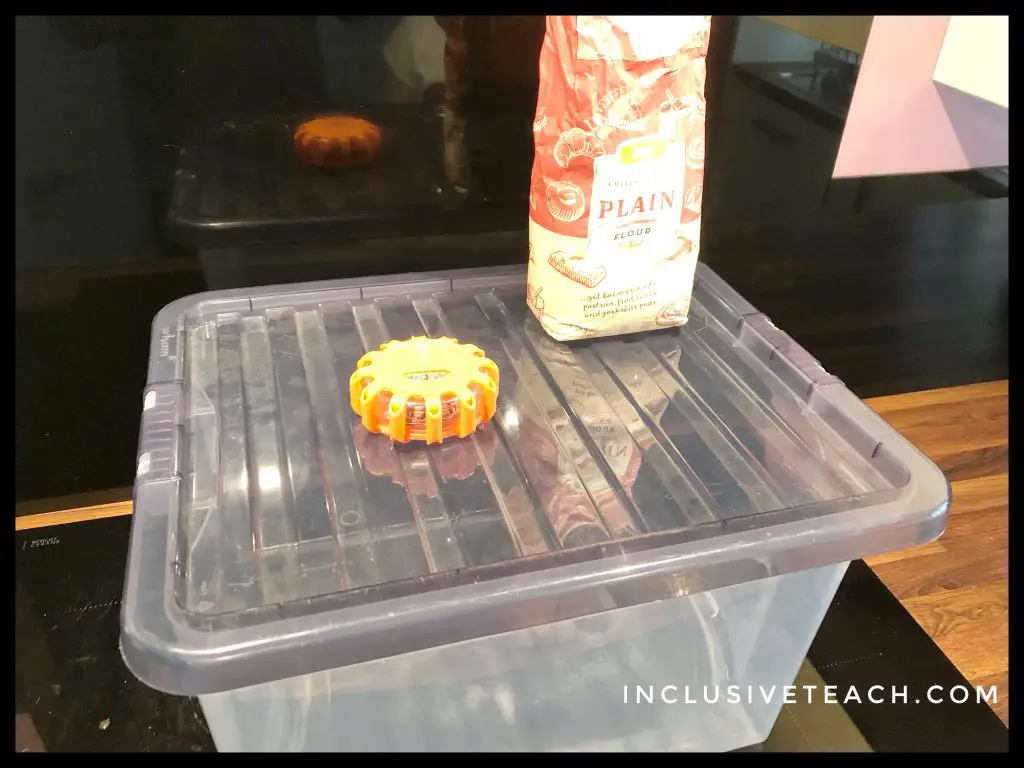
Find items of interest in a picture/Find self in pictures
Sort boxes shape/size
Pile and knock down boxes/tower building
Pull colourful fabric slowly from a bag
Taste and Mouth Sensory Learning Activities
Blowing:
- Bubbles
- Boats with straws
- Cotton Balls
- Maltesers
- Paint
- Feathers
- Ball Maze
- Whistles
- Sequins
- Glitter
- Confetti
Food Fun:
This can help with limited diets and support food chaining.
- Crunchy/Chewy Items – Alternate
- Smooth, rough foods (smooth and crunchy peanut butter)
- Milkshakes
- Frozen Fruits
- Drink through a straw
- Cut vegetables into strips
- Smoothies – blend and taste
- Ask questions like, “Which food here tastes salty? Which ones are sweet?
- Colour cubes (cut food into cubes and sort by colour i.e cucumbers, apples.)
- Mashing foods, ripe pears, potatoes, grapes
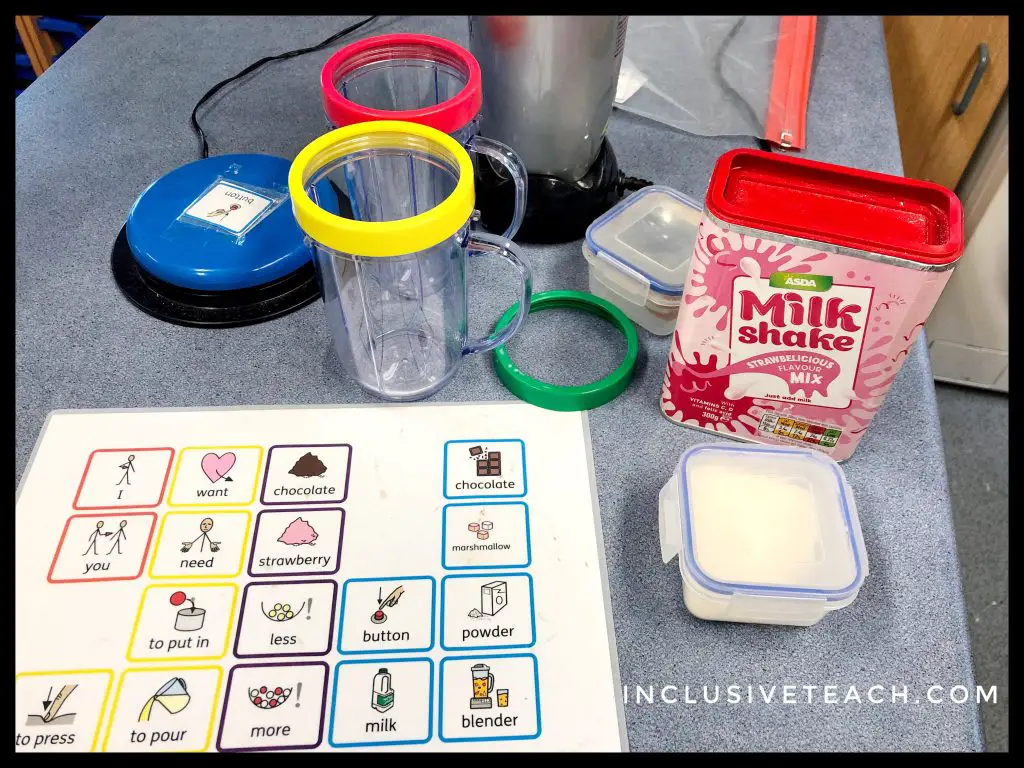
Tactile Sensory Learning Activities
This can include essential hygiene routines such as hand washing etc. Here are more tactile sensory learning ideas that use your outdoor areas.
Sensory Ball Games:
- Squeeze
- Throw/roll into bucket
- Different textured balls – Wrap in paper, cling film, tin foil
- Roll from head to toe and back
- Bounce
- Roll in playdough to make patterns
- Splat into paint and roll/throw onto paper
Touch and Texture Sensory Learning Ideas
Put objects in a box and feel/guess
Sandpaper shape cut outs
Tearing paper (either to glue onto something, or just to tear up)
Crumpling newspaper
Sponges- Get out bowls and a sponge to transfer water from one bowl to the other.
Play-dough
Bubble wrap popping
Tin foil sculpting or squishing
Shaving foam art
Sand art – glue and sand and glitter
Fizzy water play (bath bombs)
Water play – using bottles, sprays and tubes.
Stress balls
Goop/slime manipulation
Earth, sand and water trays – Classic “We’re going on a bear hunt” sensory activity
Hay play – hide items in hay or straw (allergies allowing)

Fine Motor Sensory Learning Activities
AAC games – Especially Shark Bite!
Use rubber gloves to make dots
Cotton buds to make dots
Use stick to trace letters/mark making
Cutting with scissors paper, straws
Ten Tweezer games
- Move items into different pots
- Pick items out of slime
- Pick items out of water
- Put items into a pattern
- Feed the dog
- Feed toy spiders to a frog
- Put beads into a bottle
- Bean number matching game
- Coloured pom-pom drop
Ice Excavations (freeze objects in ice)
Retrieve items from shaving foam
Hole punch coloured paper then use to blow/for art
Trace numbers in sand
Use a pipette to drop liquid watercolours/food colouring onto toilet paper
Clothespin Number Match
Use clothes pegs and sort by colour to a “line” of wool
Core Strength Activities
Circuit Training
- Sit ups
- squats
- crunches
- Bicycle kicks
- Plank
- Stand on one leg
- Hop, skip, jump
Body Awareness Sensory Activities
Sensory Ball throw/roll
Which hand is hiding the object?
Obstacle Course
Head, Shoulders, Knees and Toes
Self-Regulation Sensory Ideas For Anxious Children
Breathing activities for anxiety. Find other self-regulation home learning ideas here.
- Blow out the candle
- Blow the windmill
- Smelling a flower
- Open a window
- What can you smell game
- Blow up a balloon
Make faces in the mirror
- Monkey
- Monster
- Martian
- Tense all face muscles
- Relax all face muscles
Count backwards
Count to 5 with a deep breath
Put beans/dried peas/rice in a balloon
Fiddle toys
Follow simple lego instructions
Make a Calm Down Jar
Create a Daisy chain or flower Bouquet
Blow up balloons
Guess the smell:
- Spices (mix with water to avoid sneezing)
- Fruit
- Vegetables
Scavenger Hunts
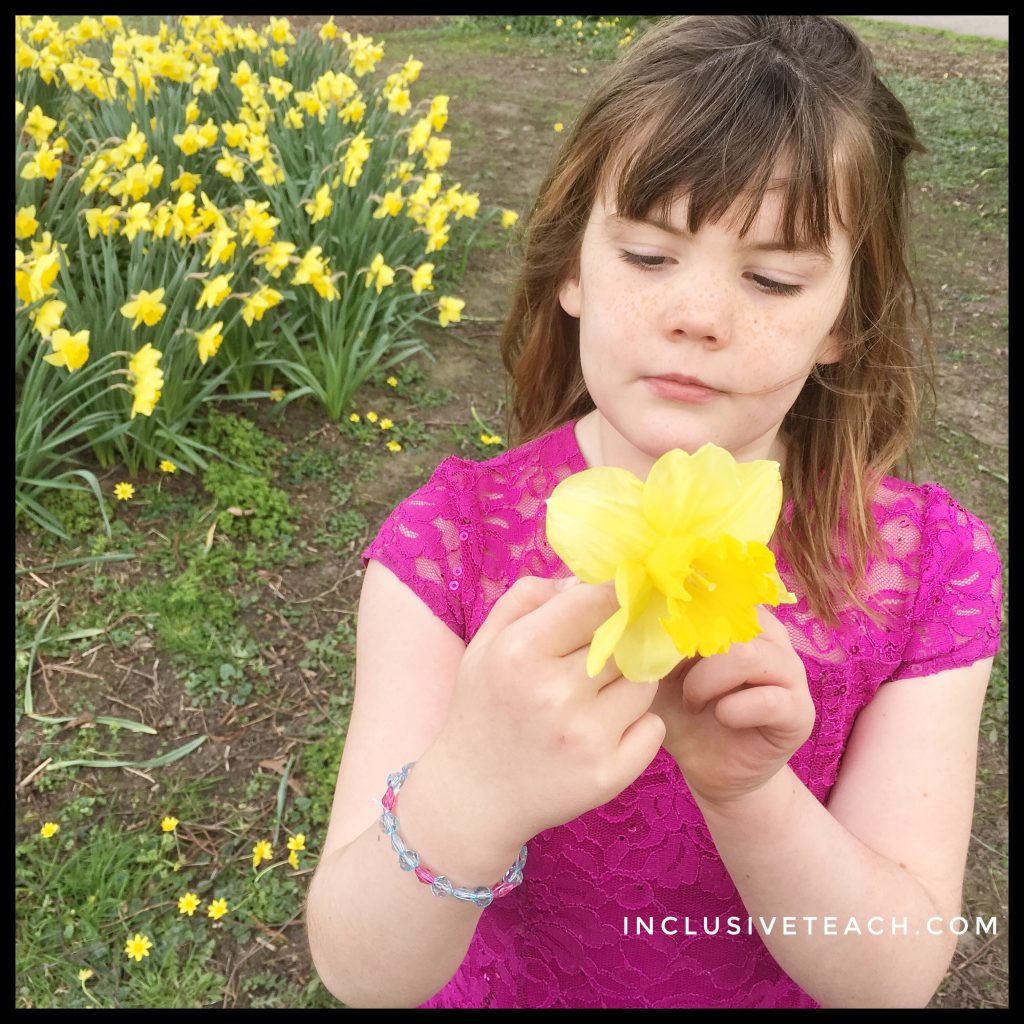
A sensory garden is great for embedding sensory learning ideas. The suggestions below should be findable in any garden.
Garden:
- Snails
- Grass
- Leaves
- Long Stick
- Short Stick
- Thick Stick
- Thin Stick
- Shiny Stone
- A flower
Kitchen:
- Big Spoon
- Little spoon
- Fork
- A frying pan
- A saucepan
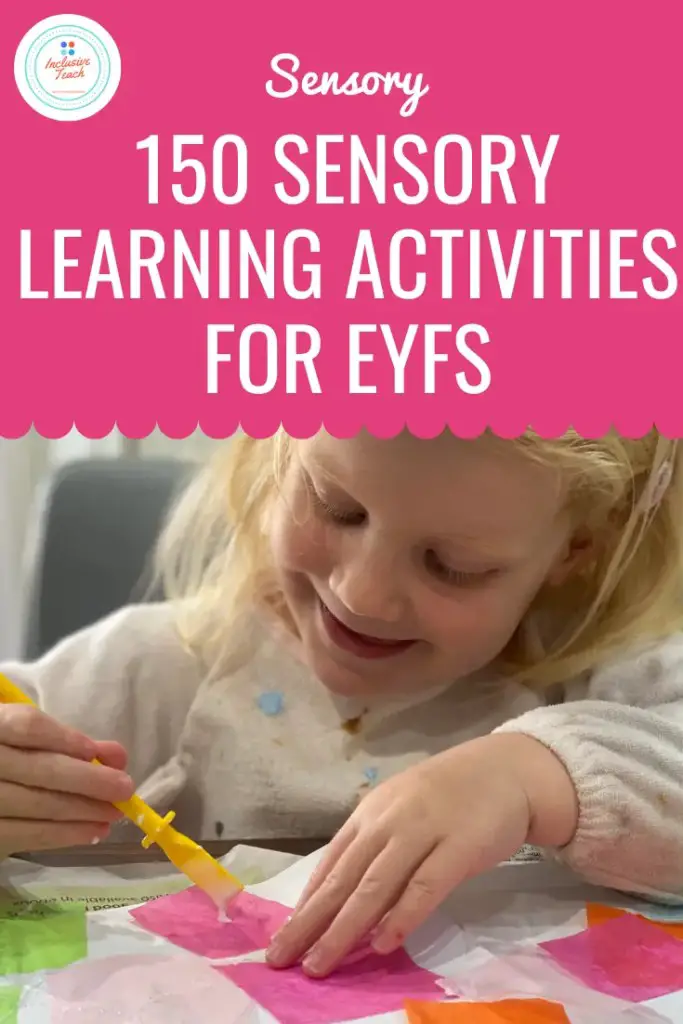
References and Further Reading About Sensory Learning
Shams, L., & Seitz, A. R. (2008). Benefits of multisensory learning. Trends in cognitive sciences, 12(11), 411–417. https://doi.org/10.1016/j.tics.2008.07.006
We would love to hear your suggestions for simple free sensory learning ideas and activities that you have used. If you have a site that has a demo or resources linked to these ideas let me know and I will add a link to it.
Some of these links are affiliate links and we will earn a small commission to go towards hosting costs if you buy something from amazon (UK only)

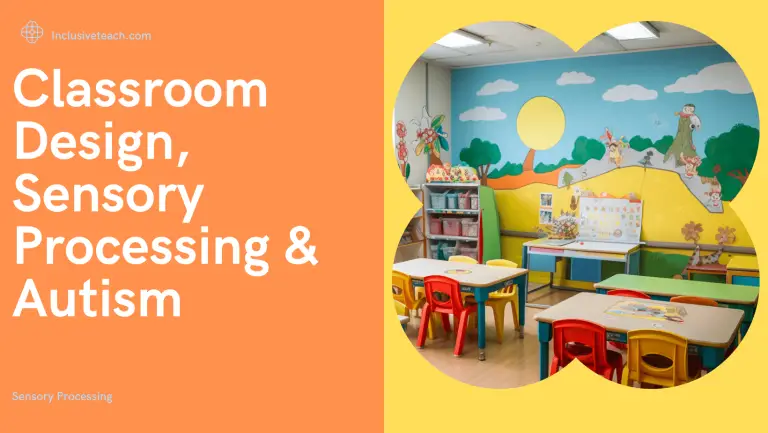
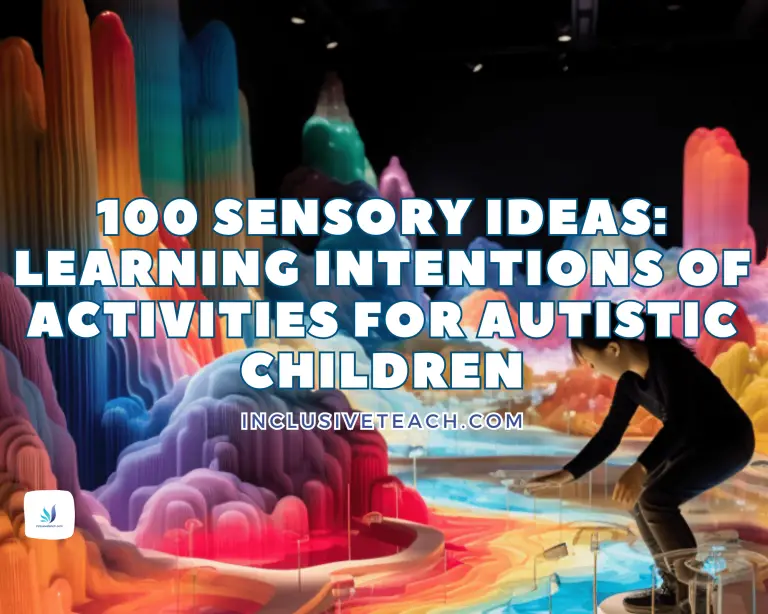
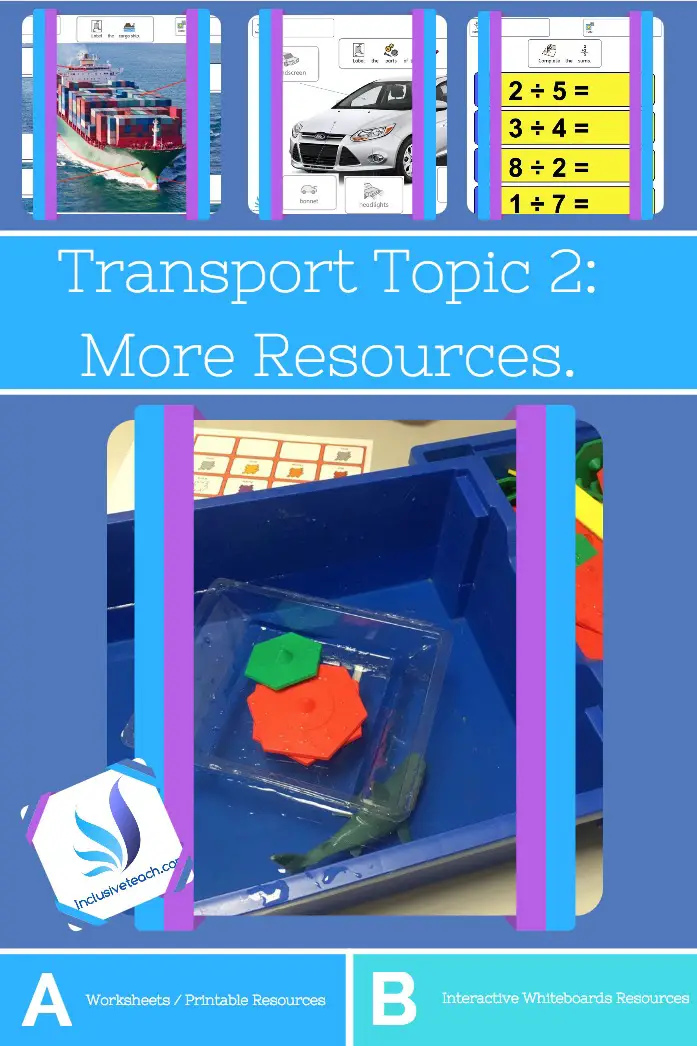
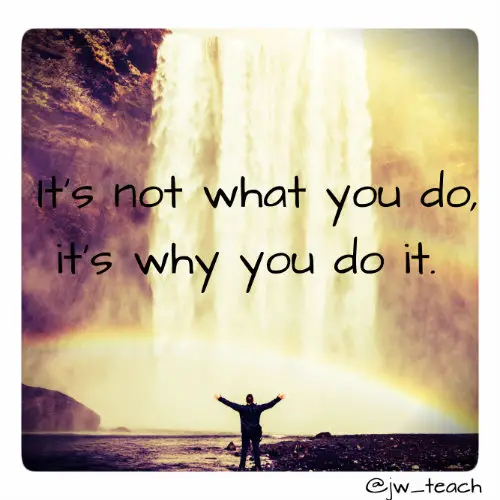
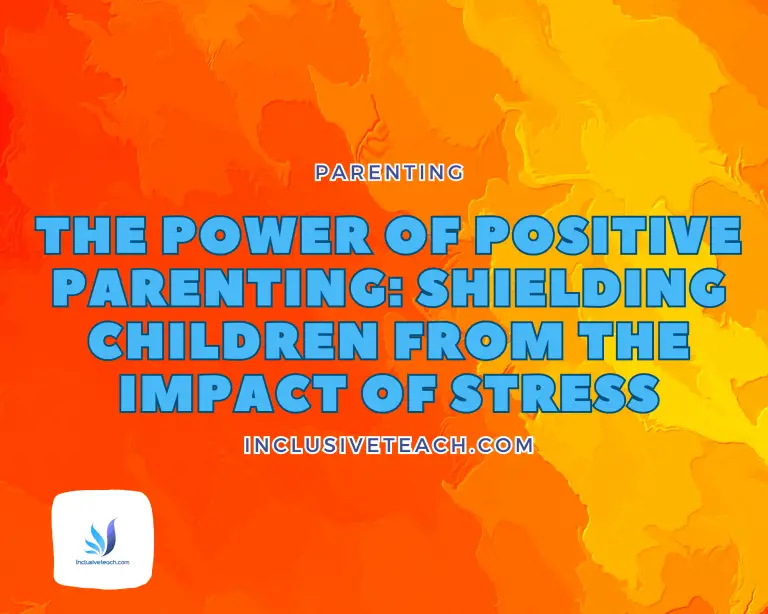

6 Comments